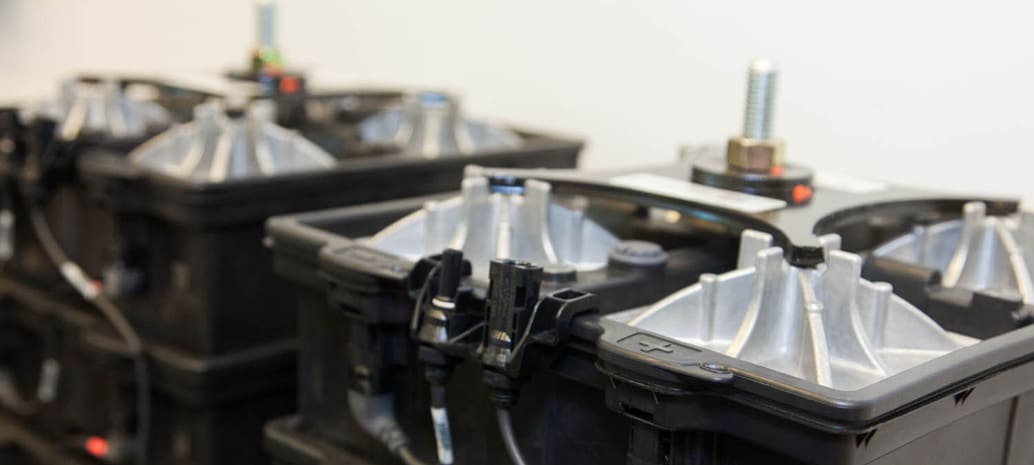The Awards encompass three categories: Centralized Storage (utility-scale), Distributed Storage (commercial, industrial or residential) and Mobility (transportation, electric vehicles and enabling infrastructure).
“As the energy storage marketplace continues to grow and evolve, individual people and projects still play a critical role in shaping the direction of the industry,” said Janice Lin, the ESNA Conference Chair, in calling for award nominations. “With this year’s awards, we will recognize the storage champions and projects that are pushing the industry forward by developing and implementing innovative financing models, technology or grid services,” she said.
The 2016 finalists will be honored during an award ceremony on October 5 at this year’s ENSNA show, at the San Diego Convention Center. Winners for each category will be determined by the ESNA Advisory Board (50 percent weight) as well as public voting (50 percent weight). One vote per user will count toward the final results and votes will be accepted until September 20.
The following six finalists were selected for the three categories.
Centralized Energy Storage:
• IPL Advancion Energy Storage Array (Indiana): First grid-scale, battery-based energy storage system to operate in the Midcontinent Independent System Operator.
• MESA 1 Project: Allows Snohomish (Washington) County Public Utility District to increase their use of renewable energy and improve overall reliability while using open, non-proprietary industry standards.
• The Village of Minster (Ohio) Energy Storage Project: One of the largest storage systems connected through a municipal utility, providing multiple revenue streams including frequency regulation, transmission and distribution deferral, and demand response.
Distributed Energy Storage:
• Stone Edge Farm Microgrid (California): First of its kind to incorporate three modes of operation — on-grid, off-grid, and microgrid — with multiple types and brands of batteries and inverters, PV, bulk hydrogen storage, fuel cells and ability to export power.
• PowerHouse — A 20-home energy storage pilot (Ontario): Canada’s first virtual power plant, uses an aggregated fleet of autonomously controlled residential solar and energy storage systems located at customer homes.
• Rocky Mountain Institute Innovation Center (Colorado): PV plus energy storage system engineered and controlled such that the asset is used to manage the Center’s electric bill.
Mobility:
• UC San Diego EV Smart Charging with Energy Storage (California): Solar PV coupled with energy storage that allows the campus to reduce demand charges, while utilizing renewable energy.
• eMotorWerks EV Charging Network (California): Intelligent charging stations controlled via a cloud-based, self-learning platform, that can provide demand curtailment solutions to utilities.
• EV4 Santa Clara Intel Station (California): Solar-powered, battery-based DC fast charging system in Silicon Valley.
Last year’s award winners included: Invenergy Grand Ridge Energy Storage, based in Marseilles, Ill, for centralized storage; Walmart + SolarCity DemandLogic Portfolio (in various locations in California), along with California Schools & Utilities Trust Program (in various locations in California) for distributed storage: and BMW Internet of Energy Enabled by Geli, based in Mountain View, CA, for Mobility.
This content is protected by copyright and may not be reused. If you want to cooperate with us and would like to reuse some of our content, please contact: editors@pv-magazine.com.









Thanks for the great share! I also like the idea of Home Energy. The best part I like is this: The reliability and availability of modern energy sources cause people to tend to assume that it will always be accessible. And as for the case of non-renewable energy sources, most people do not know or maybe even refuse to accept that it will eventually run out.